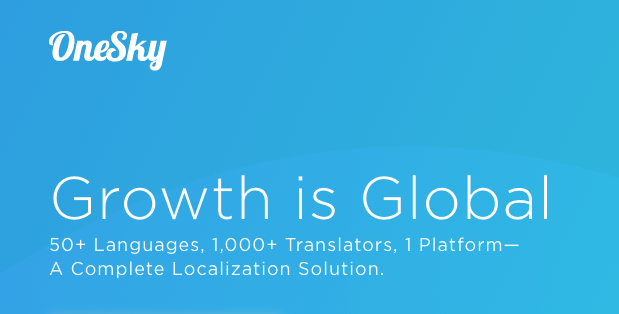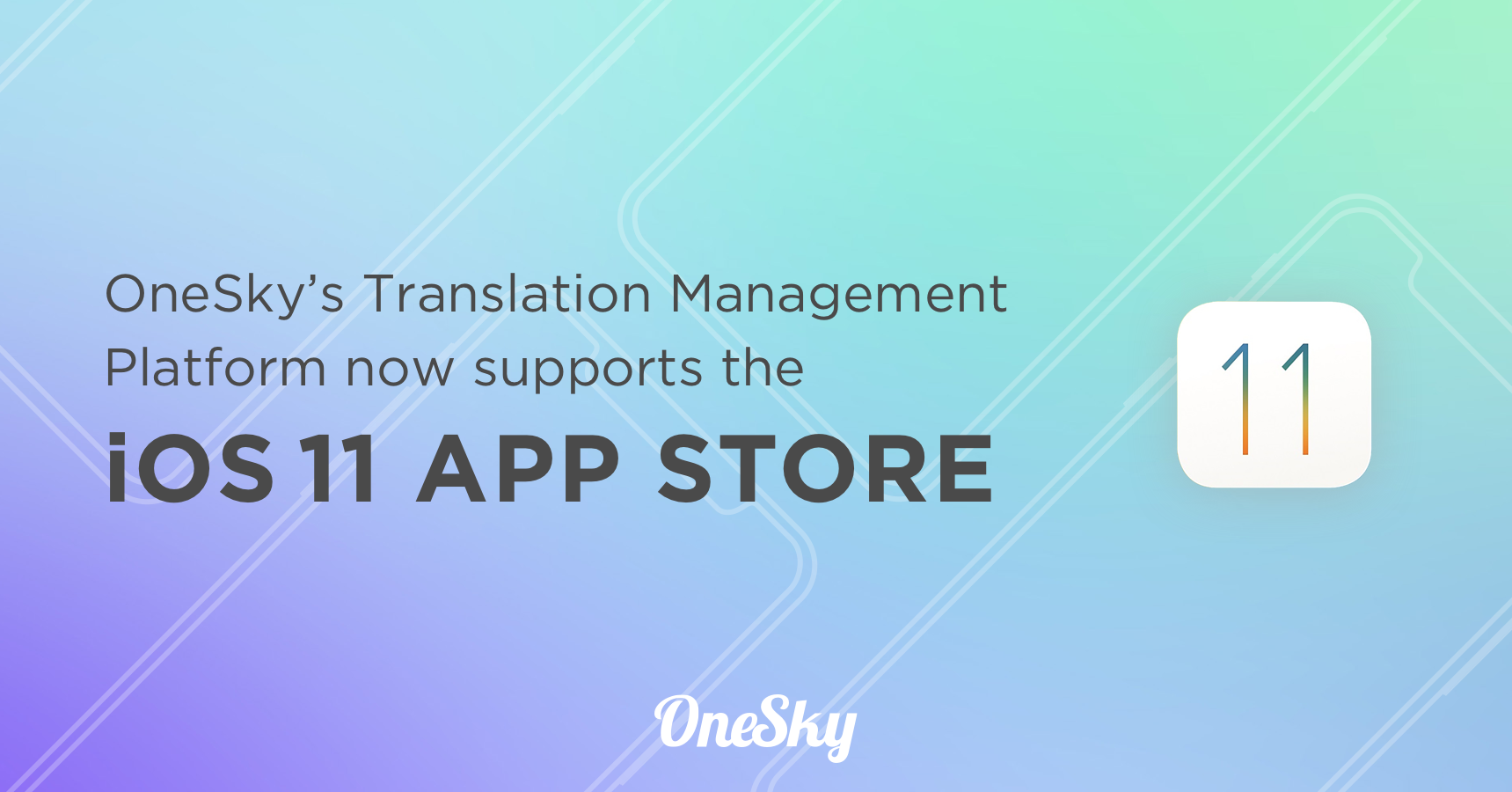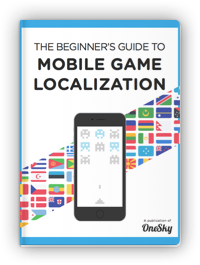Hiring a Translation Vendor? Here’s What You Need to Know
The first step in building an international business is reaching out to a global audience. To do so, you will probably need to translate a lot of content. Who should you hire for this considerable task? You should outsource these translation tasks to an experienced translation vendor with a proven track record of success. There are countless options to choose from, and the difference between translation vendors is not always clear. To help you make the decision, we have put together this five-step guide to hiring the right translation vendor for your project. Keep reading to find out the key choices you need to make, and what the best options are for every type of translation project.
How to Hire the Right Translation Service
When choosing a translation vendor, you need to think about the type of content you want to translate and the method of translation.
You also need to decide on what kind of translation company will suit your project, based on the services they can provide and your budget.
Let’s walk through each of these criteria, step by step:
1) Identify Your Translation Needs
As with any project in business, it’s vital to get a clear picture of what you’re trying to accomplish, before you start taking action.
In terms of translation, this means identifying the kind of content that needs to be translated. In many cases, content will fall under the broad categories of website translation or document translation.
However, there are specialisms that demand greater knowledge and experience on the part of your translator. Some examples include:
- Legal translation
- Healthcare translation
- E-commerce translation
- E-learning translation
- Game translation
- Software translation
- Technical translation
Some large language service providers can handle content in all of these categories.
In contrast, smaller translation vendors often choose to focus on a particular niche. As a result, they often have better specialized knowledge — but you might end up having to hire multiple companies for your full translation project.
As you evaluate the scope of your project, it’s also worth thinking about the volume of work. While larger translation service providers will be able to translate content in bulk, smaller agencies and individual freelancers have only a limited capacity.
On a plus note, high-volume orders can sometimes unlock bulk discounts.
Machine Translation vs. Professional Translation
Along with the type of content you want to translate, it’s important to assess what kind of translation you want.
Powered by intelligent algorithms, machine translation is near-instant and very affordable. This makes it really useful for translating user-generated content, and for creating placeholder translations for the development process.
The downside is that those algorithms don’t have quite the same understanding of language as a human translator.
For this reason, we usually recommend professional translation for most user-facing content.
This is where an expert linguist works with a CAT tool (computer assisted translation) to produce a high-quality translation. Working with language translation vendors takes longer than automated solutions, but it’s usually worth the wait.

2) Think About Additional Services
Although we are mainly talking about translation in this guide, it’s worth remembering that several other ingredients are required for a compelling international presence.
For a start, you will probably want to run some quality assurance tests on your translated content. Proofreading should pick up any spelling mistakes and grammatical errors, and on-device testing ensures that your translations have been implemented correctly.
Other useful services include:
- Localization– The wider process of optimizing your product for a specific market. It usually involves translation and design changes, along with some of the other services below.
- Interpretation– Whereas translation is all about written text, interpretation services help you move between spoken languages. Such services are often used in real-time conversations, but they can also be deployed for audio-visual content.
- Transcription– This service does one of two things: (1) turn spoken words in one language into written words in another language, or (2) transcribe content between two languages that use different writing systems.
- Subtitling– If you want to share video or simulated content that contains voiceovers, subtitling can be an efficient way to make that content accessible to people who speak other languages.
It’s relatively rare to find a translation provider who will cover all of these additional services. However, larger brands in this space may be able to handle multiple items on your to-do list.
Smaller agencies generally stick to a more limited set list, and most freelance translators are specialists. So, you might be better off looking at a bigger outfit if you want multiple services.
3) Decide on Your Translation Workflow
Once you have chosen your services, the next step is to decide on how those services will be delivered.
Depending on your project, you may be able to bundle the majority of your translation content into a single order. In such instances, the method of delivery doesn’t matter so much.
But if you plan to update your content or publish something new on a regular basis, the workflow of your chosen translation services vendor becomes more important.
Many language service providers have dedicated platforms that allow you to upload content, and download translations in the same format. Some offer the extra convenience of automations; for instance, you might be able to connect your website or app through an API. Do You Need a Translation Management System?
Do You Need a Translation Management System?
When it comes to managing regular updates, we highly recommend using a TMS, or translation management system. Such systems provide a user-friendly way to track updates, make edits, and integrate new content. Think WordPress, but for translations.
The best TMS platforms have additional features like translation memory, a glossary, project management tools, and the ability to communicate with your chosen translators.

Some language service providers deliver all translations through their own TMS. In other instances, you might find that your chosen vendor integrates with third-party software. Smaller translation vendors and freelancers often work this way, as well.
4) Translation Agency, Freelancer, or Language Service Provider?
If you are new to the process of hiring a language translation vendor, the terminology can be a little confusing. Here are some of the key terms you need to know:
- Freelance translators– Individuals or small collectives of professional translators who provide a freelance service. Good for smaller projects. Some are experts within a specific niche.
- Translation agency– Usually a company that works with freelance translators to deliver a full service package. They often use third-party TMS platforms.
- Translation service – A slightly ambiguous term that refers either to a full-service translation business or to a freelance agency. Full-service companies tend to be better at handling larger projects, due to their integrated nature.
- Language service provider – Often called LSPs, these companies provide a complete translation service. Many also offer services like localization, usually delivered through a proprietary online platform, along with the option to use machine translation.
As a general principle, freelance translators are best used for small or very niche projects. Agencies can handle greater volume, but you may end up sending documents back and forth when your content needs updating.
Translation services and LSPs provide a much more comprehensive solution. For example, OneSky gives you access to over 1,000 expert translators through an advanced translation management system. We even have an API, so you can import and export content with minimal effort.
Want to learn more about adapting your brand for new markets? Download our free ebook, The Beginner’s Guide To Minimum Viable Localization (MVL), to find out how easy it can be!
Translation Quality
Be aware that not every company in this industry works to the same standard.
While some full service platforms only take certified translation professionals with years of experience, others are happy to accept anyone who speaks a given language to a reasonable standard.
When you start compiling your shortlist, be sure to check the stance of each outfit. The quality of human translation relies entirely on the linguists involved, after all.
5) Find the Right Option for Your Budget
Of course, making a wish list is the easy part. The tricky part is finding everything you want at a price that fits within your budget.
The type of translation company you choose to work with does not always define the price you pay. The specifics of your translation project are more important.
In general, translation is priced by the word or by the hour. Professional translation is usually pricier than machine translation, and you often pay extra for certified translation.

Language pairings (source and target language) also have a major influence on the price you pay. For example, translating to and from languages like English, Spanish, French, Portuguese, and Arabic will cost less than translations for languages like Norwegian and Korean.
To find the most cost-effective solution, we recommend getting quotes from multiple businesses and comparing what they offer. At OneSky, our pricing is very transparent — you can see our full list here.
The Best Translation Companies
If you have read this far, you should be feeling knowledgeable about the process of hiring a translation company.
But as you venture out into this world in search of the perfect partner, the choice might seem a little overwhelming. It’s a bit of a “seeing the wood for the trees” situation.
To help you navigate, here are some tips for finding the right option for your translation project:
- Freelance translators– Search for professional translators in your local area (e.g. “professional translation services san francisco”), or visit a platform like Upwork. If you want to guarantee good quality, look for certification.
- Translation agencies and services– Similar searches will help you find local agencies. Bigger players in the market include Tomedes, PoliLingua, and LanguageLine Solutions.
- LSPs and End-to-End Platforms– While there are fewer solutions in this category, the amount of features they have means you might spend a long time comparing options. To help you out, here is a comprehensive comparison of top language service providers.
OneSky: Best for End-to-End Translation and Localization
If you would prefer to get started right away, you might want to try OneSky.
Our end-to-end platform makes it easy to access high-quality professional translation and localization for multilingual websites, apps, games, and other projects.
We have over 1,000 carefully picked translators, covering 50 languages, along with proofreaders, localization experts, and on-device testers. Plus, our translation management system is packed with great features, including an API.
Just as importantly, OneSky makes professional translation truly affordable, with prices starting at just $0.04 per word.
Want to give it a try? Sign up today to take a look around. It’s free!



 Written by -
Written by - 


 Written by
Written by 


